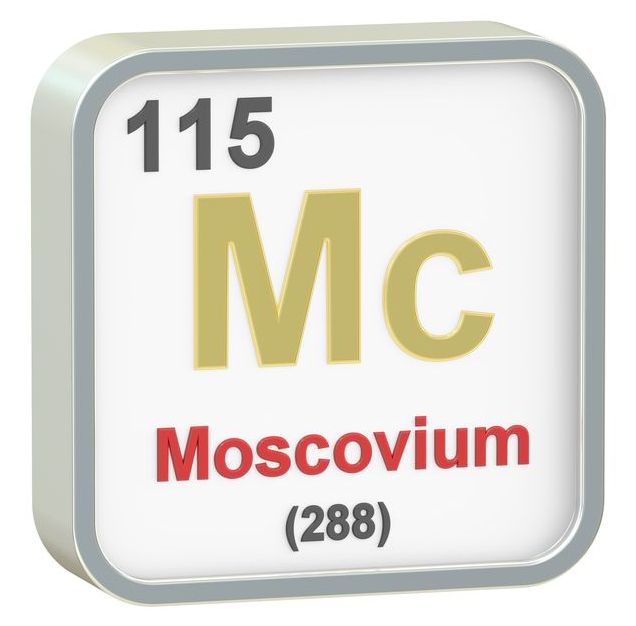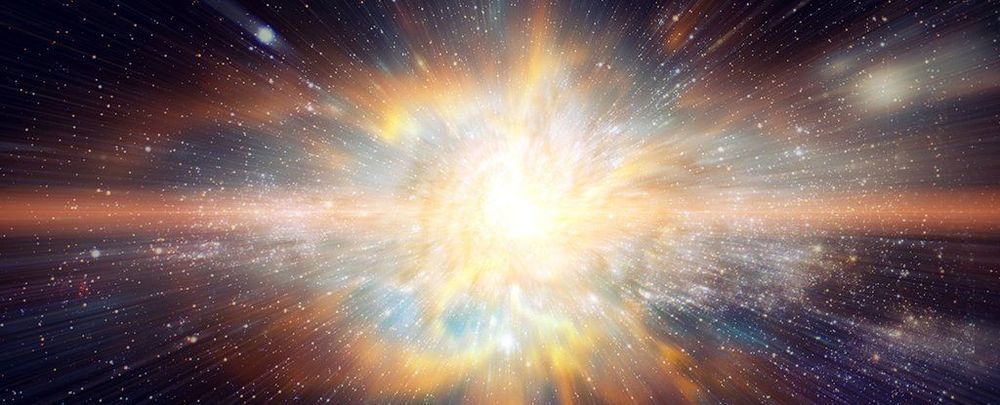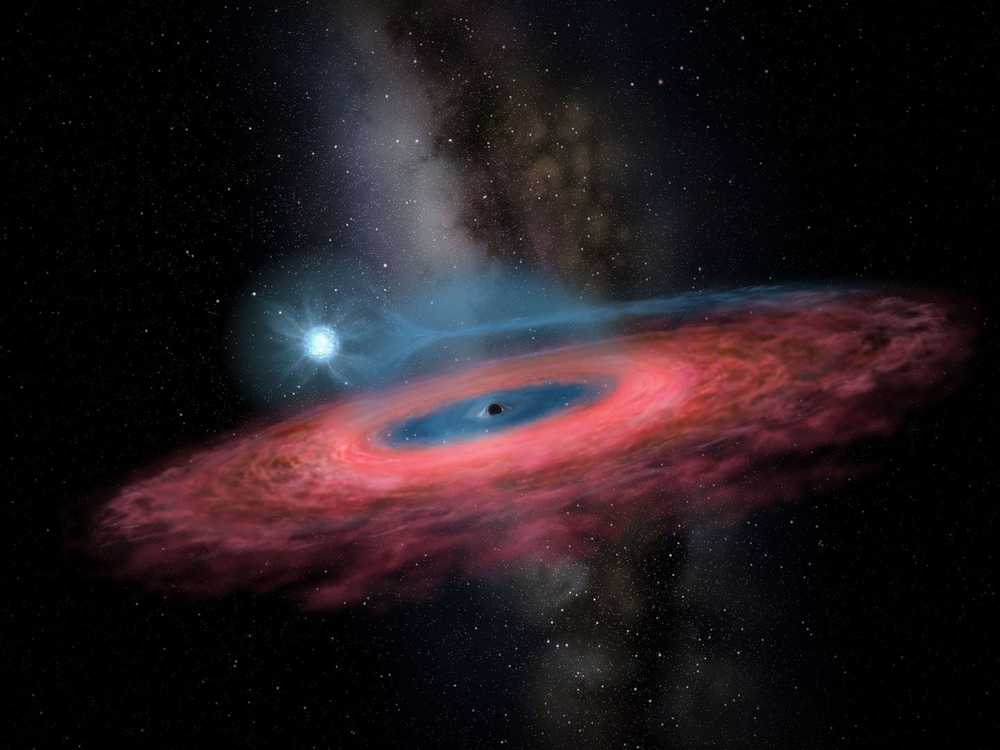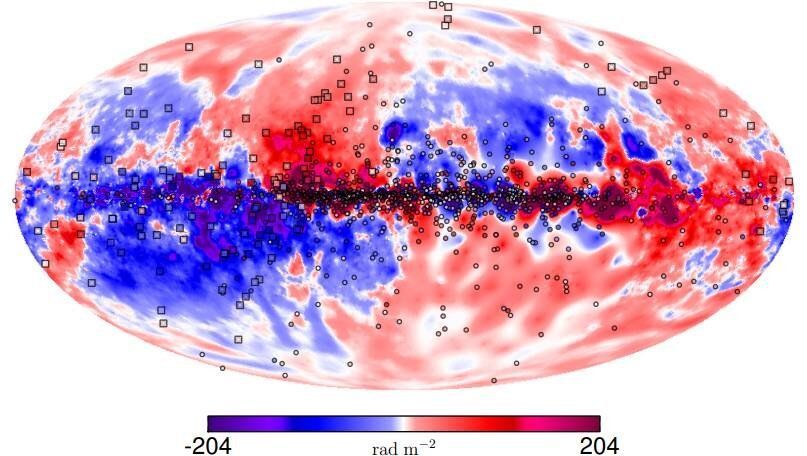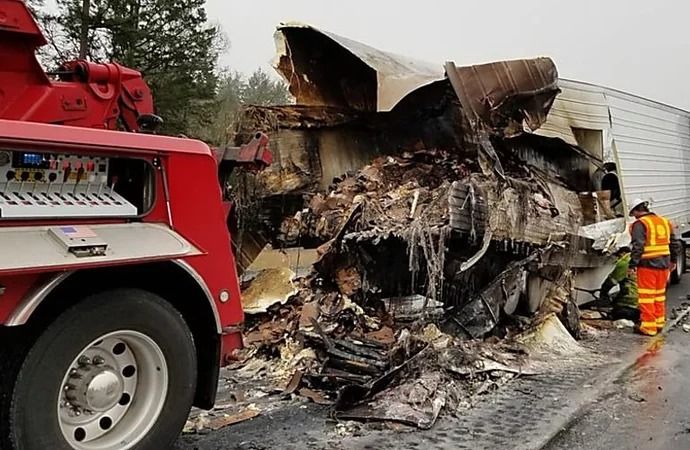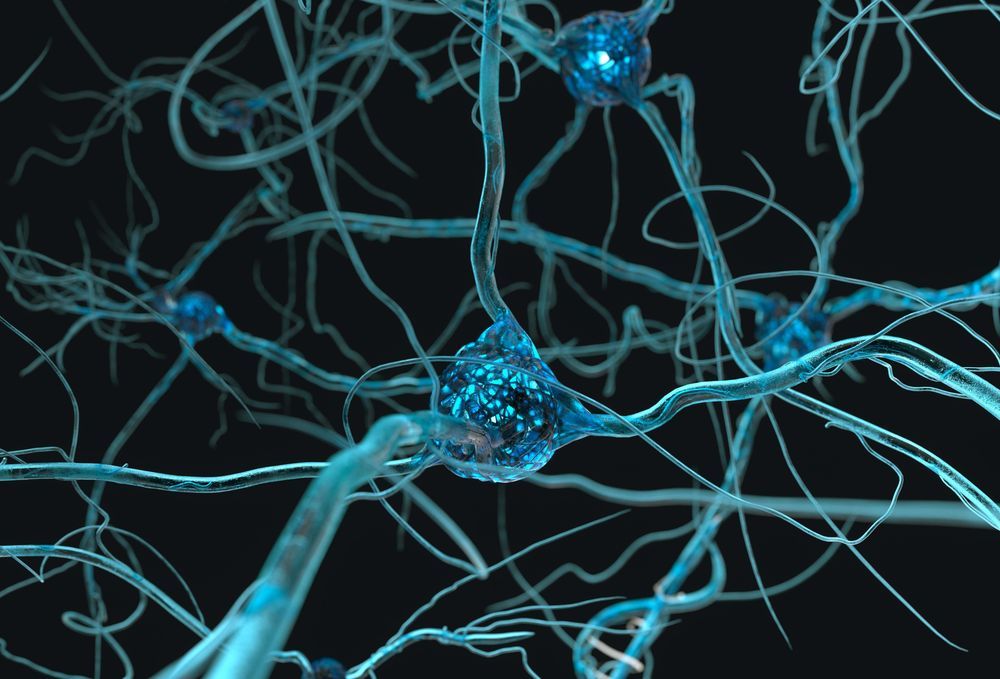Page 8154
Nov 30, 2019
Astronomers Are Closing in on The Precise Moment The Universe Lit Up
Posted by Paul Battista in category: space
A team of scientists working with the Murchison Widefield Array (WMA) radio telescope are trying to find the signal from the Universe’s first stars. Those first stars formed after the Universe’s Dark Ages.
Nov 30, 2019
NASA Astronaut Breaks Down Space Scenes From Film & TV
Posted by Derick Lee in categories: entertainment, robotics/AI, space
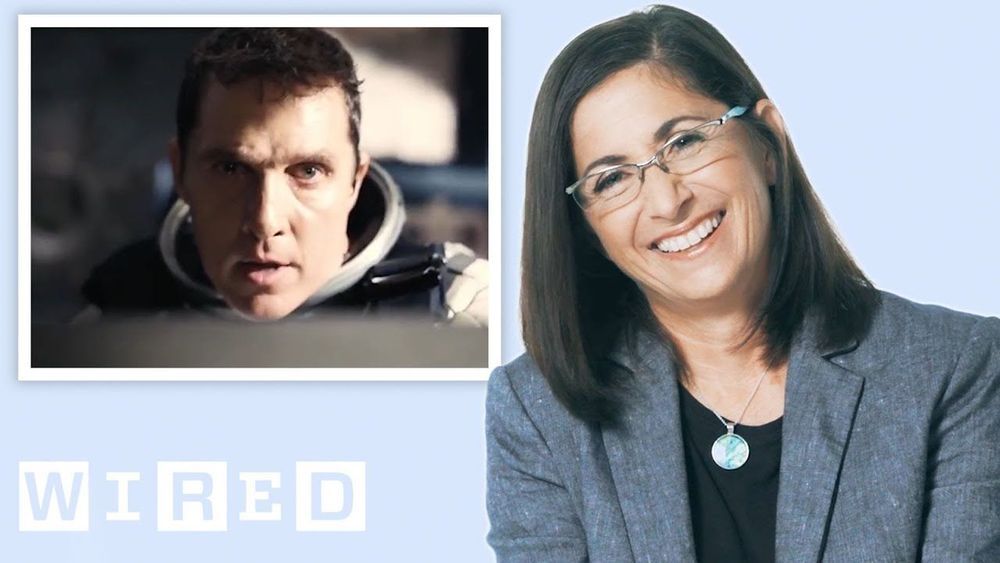
NASA astronaut Nicole Stott examines scenes depicting space from movies and television and breaks down how accurate they really are. What actually happens when your helmet cracks in space like in Total Recall? Are the spacewalks in Gravity realistic? Could there really be AI on a space station like in 2001: A Space Odyssey?
Still haven’t subscribed to WIRED on YouTube? ►► http://wrd.cm/15fP7B7
Get more incredible stories on science and tech with our daily newsletter: https://wrd.cm/DailyYT
Also, check out the free WIRED channel on Roku, Apple TV, Amazon Fire TV, and Android TV. Here you can find your favorite WIRED shows and new episodes of our latest hit series Tradecraft.
ABOUT WIRED
WIRED is where tomorrow is realized. Through thought-provoking stories and videos, WIRED explores the future of business, innovation, and culture.
Continue reading “NASA Astronaut Breaks Down Space Scenes From Film & TV” »
Nov 29, 2019
Epilepsy drug inhibits brain tumor development
Posted by Paul Battista in categories: biotech/medical, neuroscience
Medication prescribed for a certain type of epilepsy may offer a new method for treating malignant infantile brain tumors. A specific mTOR inhibitor has the ability to cross the blood-brain barrier to both reach and attack the tumor at source. This has been demonstrated by researchers from Uppsala University, in collaboration with US and UK colleagues, whose research has now been published in the scientific journal Cell Stem Cell.
Approximately 100 children suffer infantile brain tumors in Sweden each year. The most common type of malignant brain tumor in infants and children is medulloblastoma. Radiation therapy is part of the standard treatment for medulloblastomas and modern radiation therapy has saved the lives of many children suffering from these often aggressive cancers; however, as it often comes with serious side effects for healthy brain tissue, it is seldom prescribed for infants. Although a presumably better solution would be to give more targeted treatment, in order to establish such a therapy it would naturally need to be proven to be both more effective and come with fewer side effects than current treatments.
Many infantile medulloblastomas are amplified by MYCN, an oncogene that drives tumor growth and metastasis to the spinal column, leading to a very poor prognosis. In the study in question, the researchers cultivated a particular type of neural stem cell and were able to demonstrate that MYCN was quickly able to turn these into cancer cells. This suggests that these cells are likely to be the origin of infantile medulloblastomas.
Nov 29, 2019
Scientists find ‘monster’ black hole so big they didn’t think it was possible
Posted by Paul Battista in category: cosmology
Before now, scientists did not think it was possible for a stellar black hole to have a mass larger than 20 times that of the sun, an approximation based on their understanding of the way stars evolve and die in the Milky Way.
But that assumption was metaphorically crushed in the gravity of a “monster” black hole that a group of Chinese-led international scientists discovered inside our own galaxy. The hole has a mass 70 times that of the sun, researchers said in their study published in the journal Nature.
Astronomers from CSIRO and Curtin University have used pulsars to probe the Milky Way’s magnetic field. Working with colleagues in Europe, Canada, and South Africa, they have published the most precise catalogue of measurements towards mapping our Galaxy’s magnetic field in 3D.
The Milky Way’s magnetic field is thousands of times weaker than Earth’s, but is of great significance for tracing the paths of cosmic rays, star formation, and many other astrophysical processes. However, our knowledge of the Milky Way’s 3D structure is limited.
Dr. Charlotte Sobey, the lead author of the research paper, said “We used pulsars (rapidly-rotating neutron stars) to efficiently probe the Galaxy’s magnetic field in 3D. Pulsars are distributed throughout the Milky Way, and the intervening material in the Galaxy affects their radio-wave emission.”
Nov 29, 2019
Cowlitz County PUD among U.S. utilities targeted in cyberattacks
Posted by Quinn Sena in category: cybercrime/malcode
The Cowlitz County PUD is among more than a dozen utilities targeted in a recent cyberattack across the United States, according to an investigation by The Wall Street Journal published this week.
Cowlitz County PUD spokeswoman Alice Dietz confirmed Wednesday that the PUD’s firewall successfully blocked the only infected email that hackers sent.
“We’re proud of our IT department,” Dietz said. “They just continue to implement strong cybersecurity measures. This is a great example of why we take it so seriously.”
Nov 29, 2019
Zimbabwe ‘on brink of man-made starvation’, UN warns
Posted by Quinn Sena in category: economics
Many people can only afford one meal a day amid an economic collapse, a top UN official says.
Nov 29, 2019
Tesla Wants to Replace Windshield Wipers With Lasers
Posted by Quinn Sena in category: futurism
Nov 29, 2019
New Studies Show What Sleep Loss Does To The Brain And Cognition
Posted by Paul Battista in category: neuroscience
Sleep loss is no longer considered an emblem of productivity or success—research has shown over and over that it’s one of the worst things we can do for ourselves. The body may not need sleep so much, but the brain sure does: a huge amount of housekeeping is done while we’re sleeping, and losing sleep, especially chronically, prevents this essential work. Two new studies illustrate what sleep loss does to our thinking skills the next day and to the brain’s ability to clear out potentially dangerous “gunk.”
The first study, from Michigan State University, had 77 people stay awake all night in the lab and 63 go home and sleep normally. All the participants were rested before the study began, and then separated into their respective groups for one night of sleep deprivation or normal rest. The researchers gave them tests of attention (the Psychomotor Vigilance Task) and cognition (the UNRAVEL method, which involves having to keep track of a series of steps in the face of period interruptions) in the evening and again the following morning.
The sleep-deprived participants did conspicuously worse on the tests than the rested ones: The evening before, there was about a 15% error rate after interruptions on the UNRAVEL test, which the next morning rose to 30%. In contrast, the rested group performed about the same in the evening before and the morning after. The sleep-deprived also had significantly more lapses in attention the morning after, compared to the rested group.
